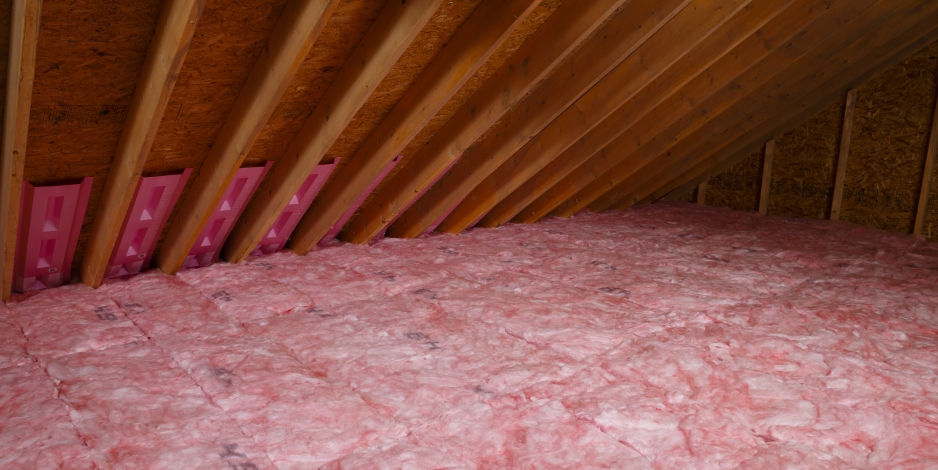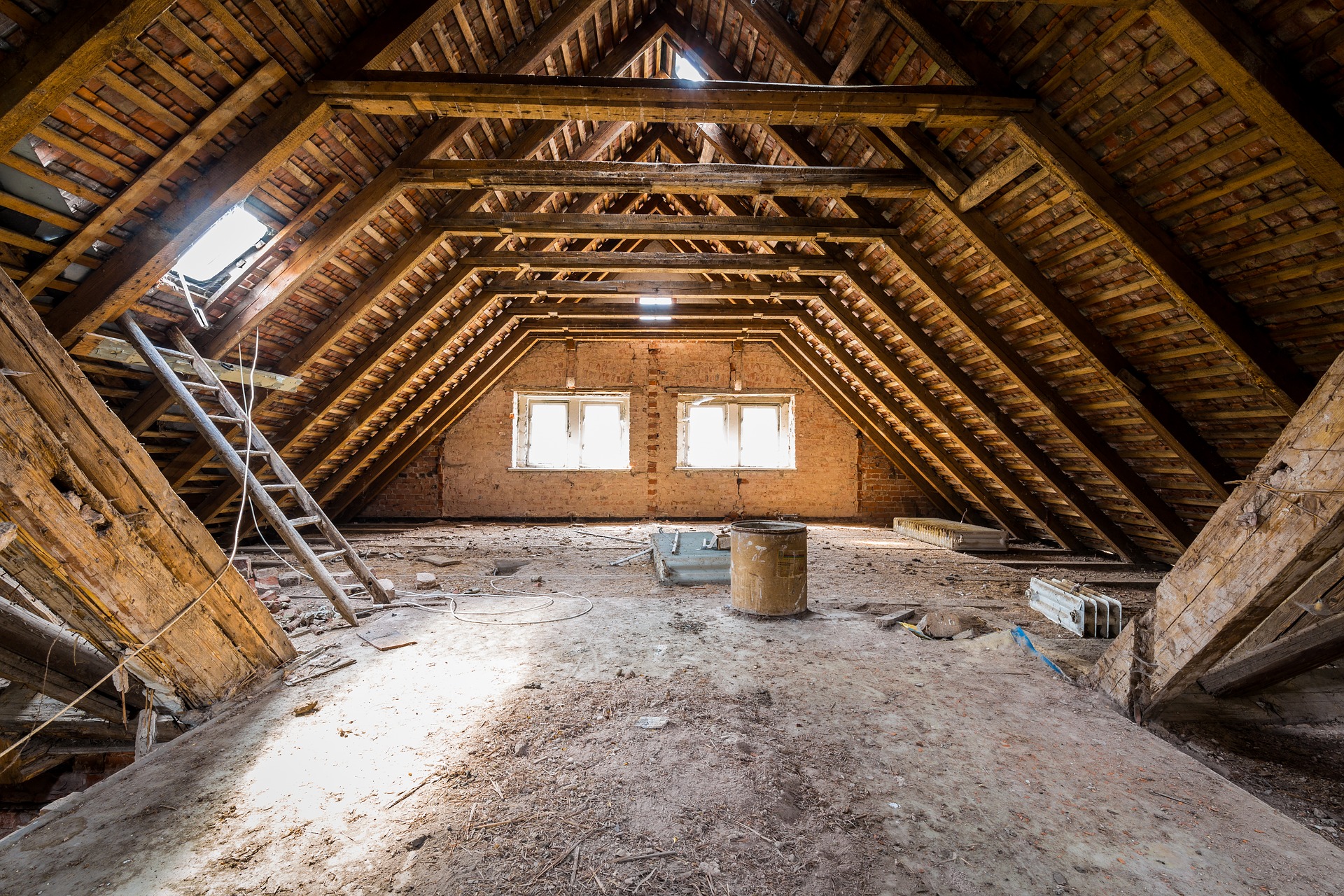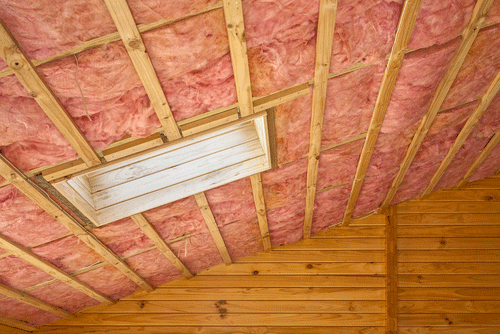Discover the Different Kinds of Attic Insulation and Their Special Advantages for Your Home's Power Efficiency

Fiberglass Insulation
Fiberglass insulation is one of one of the most frequently used materials for attic insulation because of its outstanding thermal performance and cost-effectiveness. Made up of little glass fibers, this material effectively traps air, creating an insulating barrier that assists preserve constant interior temperatures. Its high R-value per inch makes it especially reliable at withstanding warmth transfer, which is crucial for power preservation in homes.
Setup of fiberglass insulation is reasonably simple, commonly readily available in batts or loose-fill forms, suiting various attic room arrangements. In addition, it is resistant and non-combustible to wetness, decreasing the danger of mold growth. This longevity adds to its long life, making fiberglass a viable lasting financial investment for house owners.
Furthermore, fiberglass insulation is often made from recycled materials, which boosts its eco-friendliness. The product can additionally add to soundproofing, lessening noise transfer in between rooms. While it is necessary to use protective gear during installation to avoid irritability from the fibers, the total advantages of fiberglass insulation, including energy financial savings and ecological considerations, make it a prominent choice for enhancing attic performance and promoting a comfy living setting.
Spray Foam Insulation
Spray foam insulation is an extremely reliable alternative for attic room insulation, understood for its premium air securing and thermal performance. This cutting-edge insulation material is made up of a mix of isocyanate and polyol resin, which, when integrated, broadens rapidly to fill up voids and cavities in the attic room room. Its capability to follow various surfaces makes sure a continual obstacle against air leakages, dramatically decreasing warm loss during cooler months and heat gain during warmer periods.
One of the vital benefits of spray foam insulation is its high R-value per inch, which means it provides outstanding thermal resistance in a fairly thin application. This is particularly useful in attics where room is often minimal. In addition, spray foam can help minimize moisture accumulation, reducing the risk of mold and mildew and mildew development, which can be damaging to both the framework and indoor air high quality.
While the initial cost of spray foam insulation may be higher than traditional choices, its long-lasting energy cost savings, combined with increased convenience and enhanced home value, make it a beneficial financial investment for home owners seeking improved energy efficiency. Attic Insulation DFW. Overall, spray foam insulation sticks out as a reliable solution for optimizing attic room insulation
Cellulose Insulation

Cellulose insulation is a preferred option for attic room insulation, mainly made up of recycled paper items treated with fire retardants. This ecologically friendly alternative is recognized for its exceptional thermal performance, properly minimizing heat transfer in both summer season and winter season months. The thick make-up of cellulose enables it to fill up voids and gaps in attic room areas, offering a smooth barrier against air leaks.
Among the considerable advantages of cellulose insulation is its ability to withstand mold and mildew and bugs, owing to the fire resistant treatments made use of during manufacturing. In addition, it boasts a high R-value per inch, which translates right into remarkable power performance. Homeowners can expect reduced home heating and air conditioning prices as a result of improved insulation.
Installment is usually achieved through blowing loosened cellulose into the preferred area, enabling a effective and quick process. This method also reduces disturbance to the existing framework. Cellulose insulation has a relatively reduced ecological impact, as its manufacturing process utilizes recycled materials, adding to lasting structure practices.
Rock Woollen Insulation
Among the numerous alternatives for attic insulation, rock woollen, also recognized as mineral woollen, sticks out because of its outstanding thermal and acoustic performance. Made from recycled or natural products, rock woollen is developed by melting rock and rotating it into fibers, resulting in a product that offers superb insulation properties.
One of the considerable benefits of rock wool insulation is its high R-value, which indicates its effectiveness in resisting warmth circulation. This characteristic not only boosts energy effectiveness however also adds to keeping a comfy interior temperature level year-round. Additionally, rock woollen is inherently fire-resistant, making it a more secure alternative for homes as it can endure high temperature levels without melting or launching harmful fumes.
Furthermore, rock woollen insulation stands out in soundproofing abilities, successfully lowering noise transmission between spaces and from outside sources. Overall, rock woollen insulation supplies a detailed service for improving energy effectiveness, safety, and comfort in domestic setups.
Radiant Obstacle Insulation
Glowing barrier insulation works as an effective service for reducing warm transfer in attics, specifically in warmer environments. This sort of insulation works by mirroring glowing heat far from living spaces, thereby lowering the amount of warm that goes into a home throughout warm weather - Attic Insulation DFW. Typically made up of a highly reflective product, such as light weight aluminum foil, radiant obstacles are set up in attics, dealing with the roofing, where they can intercept incoming warmth from the sun
The key advantage of glowing barrier insulation is its capability to reduced cooling expenses. By showing heat rather than absorbing it, radiant obstacles can help keep a much more secure interior temperature level, minimizing the work on a/c systems. This efficiency translates into reduced power expenses and raised convenience for property owners.
In addition to power savings, radiant obstacles can also add to enhanced indoor air top quality. By minimizing heat accumulation, they assist lessen moisture degrees, which can stop mold and mildew development and improve total air flow. When set up correctly, radiant obstacle insulation can be read an important addition to any energy-efficient home, making it a worthwhile factor to consider for house owners aiming to enhance their attic room insulation technique.
Conclusion
Finally, understanding the numerous kinds of attic insulation-- fiberglass, spray foam, cellulose, rock hop over to here woollen, and radiant obstacles-- allows house owners to make educated choices concerning energy performance. Each insulation type presents unique advantages, such as exceptional thermal resistance, dampness administration, and sound attenuation. By selecting the suitable insulation material, substantial reductions in power prices can be achieved, together with enhancements in indoor comfort. Inevitably, the appropriate choice adds to a more lasting living atmosphere and advertises overall energy conservation.

In conclusion, comprehending the different types of attic room insulation-- fiberglass, spray foam, cellulose, rock wool, and use this link radiant barriers-- allows property owners to make enlightened choices relating to energy efficiency.